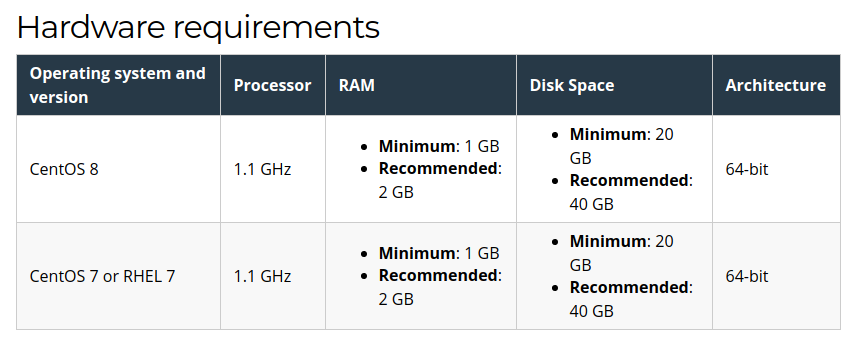What is WHM ?

WHM (Web Host Manager) is a platform that allows the management of multiple sites with Cpanel. This software allows for a variety of tasks focused on the administration of clients who use Cpanel and all its services such as DNS, databases, FTP accounts, domains, and subdomains, among others.
Benefits
There are several benefits that you will obtain when managing and managing your sites with WHM. Among them are the following:
- Security: One of the main advantages that WHM offers is that each account is independent and if one were to be hacked, the others would not be affected.
- Management: You have total control over all the sites you manage. You can assign specific quotas for disk, network, number of databases, FTP accounts, email accounts, etc.
- Reselling: The cpanel accounts you create can be purchased by your customers where they can configure their own domain.
- Branding: You can customize your brand with WHM to position yourself on the internet.
If you are a developer you have probably used Cpanel at some point. With WHM you can manage your own Cpanel accounts. WHM is aimed at companies that want to manage multiple sites independently or that want to start an internet hosting business.
Installation
There are some recommendations you should keep in mind if you want to install and test WHM. I'll summarize some below.
- To use WHM you will need to purchase an official license from the official Cpanel page. Licenses range from around 15 USD to approximately 50 USD. You can also install a 15-day trial to test WHM services. For this you will need to create an account at Cpanel Store.
- WHM runs on machines with CentOS or Red Hat Enterprise Linux (RHEL), so you will need a machine in either of these two operating systems.
As of today, WHM v94 requires a machine with the following requirements to function properly:

For a complete installation guide you can visit System Requirements CentOS. You can also follow our Installation of WHM on AWS tutorial that practically gives you the entire system installed on a ready-to-configure virtual machine. See you next time!